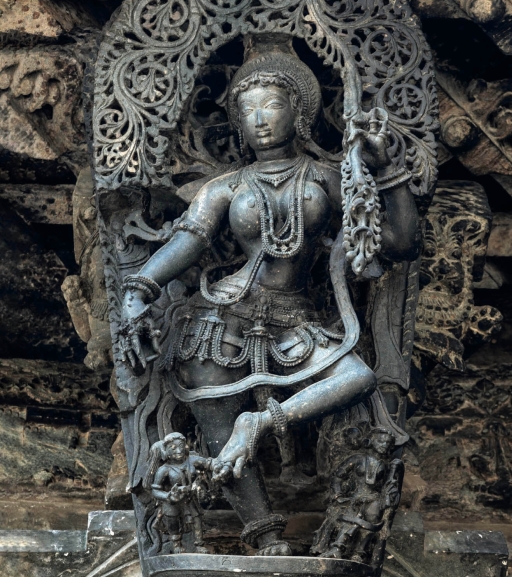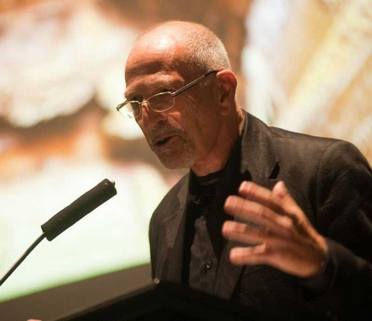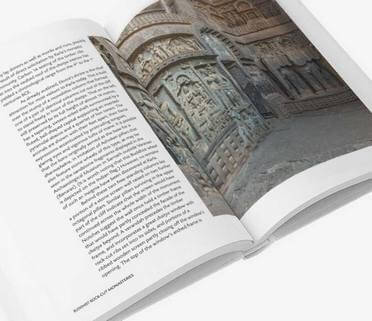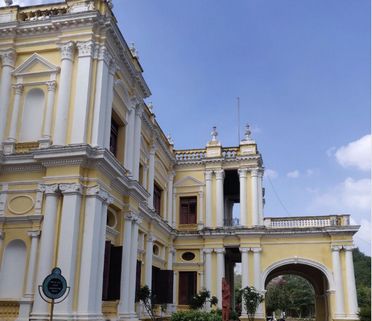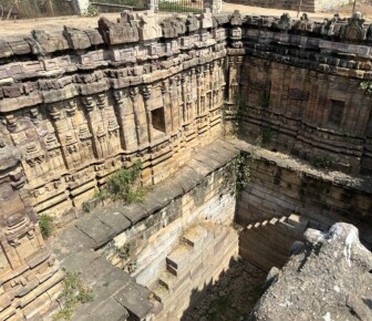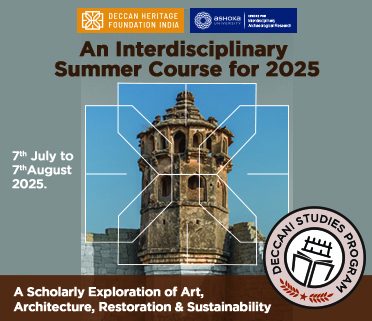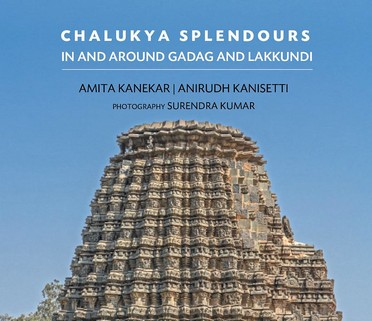Travelling in the Deccan Plateau
The Deccan Plateau is rich in cultural heritage and architectural marvels that span several centuries and dynasties
We are passionate about the Deccan and want to share our enthusiasm with you, our public. If you live in India and have not yet visited the region, or if you are a foreign tourist who has been to India several times but never to Hampi, Mysore, Badami or other of the important sites of the region, we hope that you will consider the Deccan Plateau for your next adventure.
We have assembled below a few illustrative itineraries, guidebooks, travel articles and suggested readings to help you visualise the architectural treasures that await you, and assist you in planning your trip. These resources are by no means exhaustive, but they are a good start.
UNESCO World Heritage Sites in the Deccan
The UNESCO World Heritage List, inaugurated in 1972, is a prestigious inventory of places around the world of outstanding universal value. The 10 UNESCO Sites in the Deccan represent exceptional examples of cultural significance, natural beauty or both, and exemplify the values, history and culture of the Deccan Plateau.












DHF Itineraries
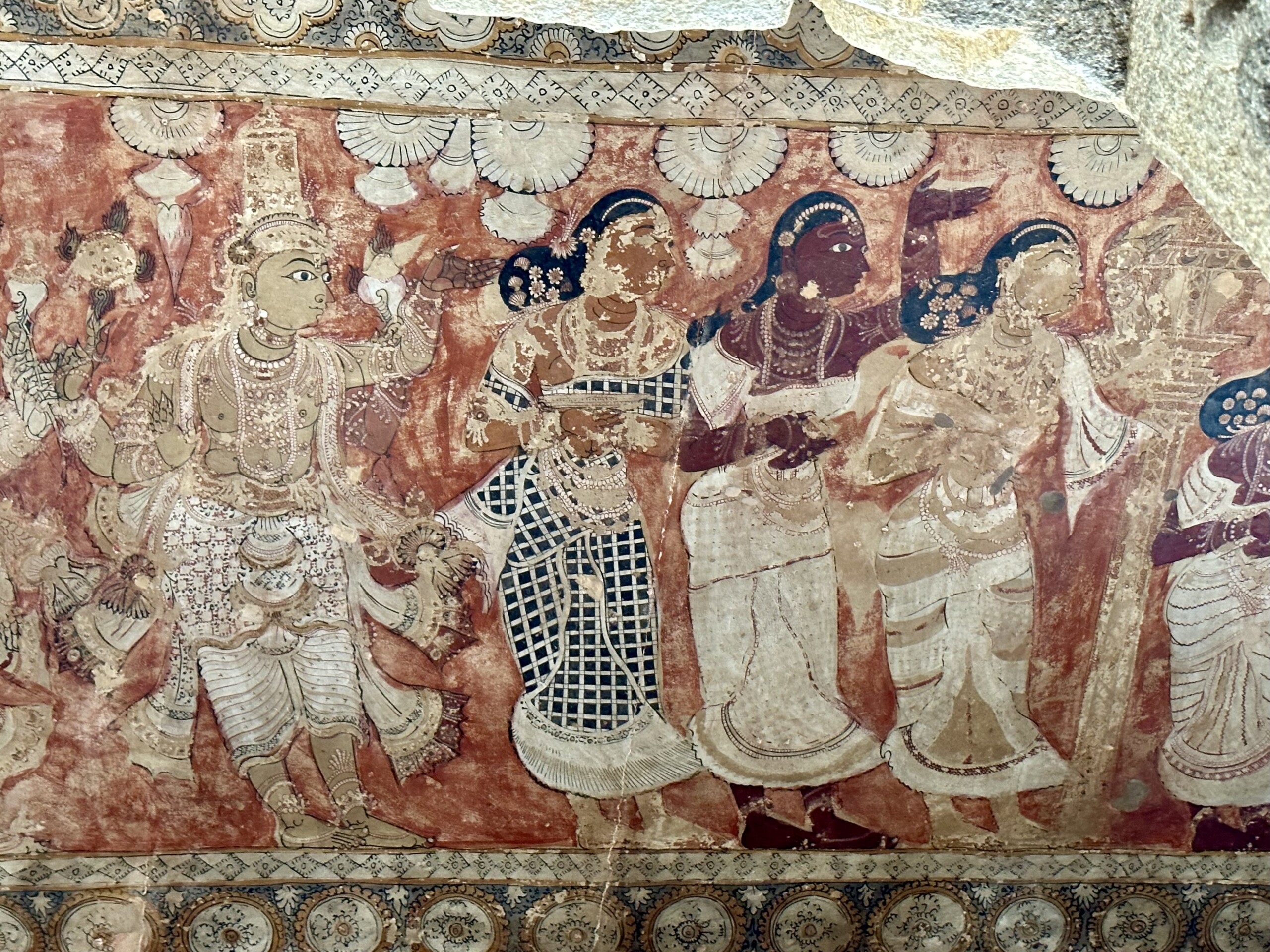
Itineraries
A Day’s Excursion to Lepakshi from Bengaluru
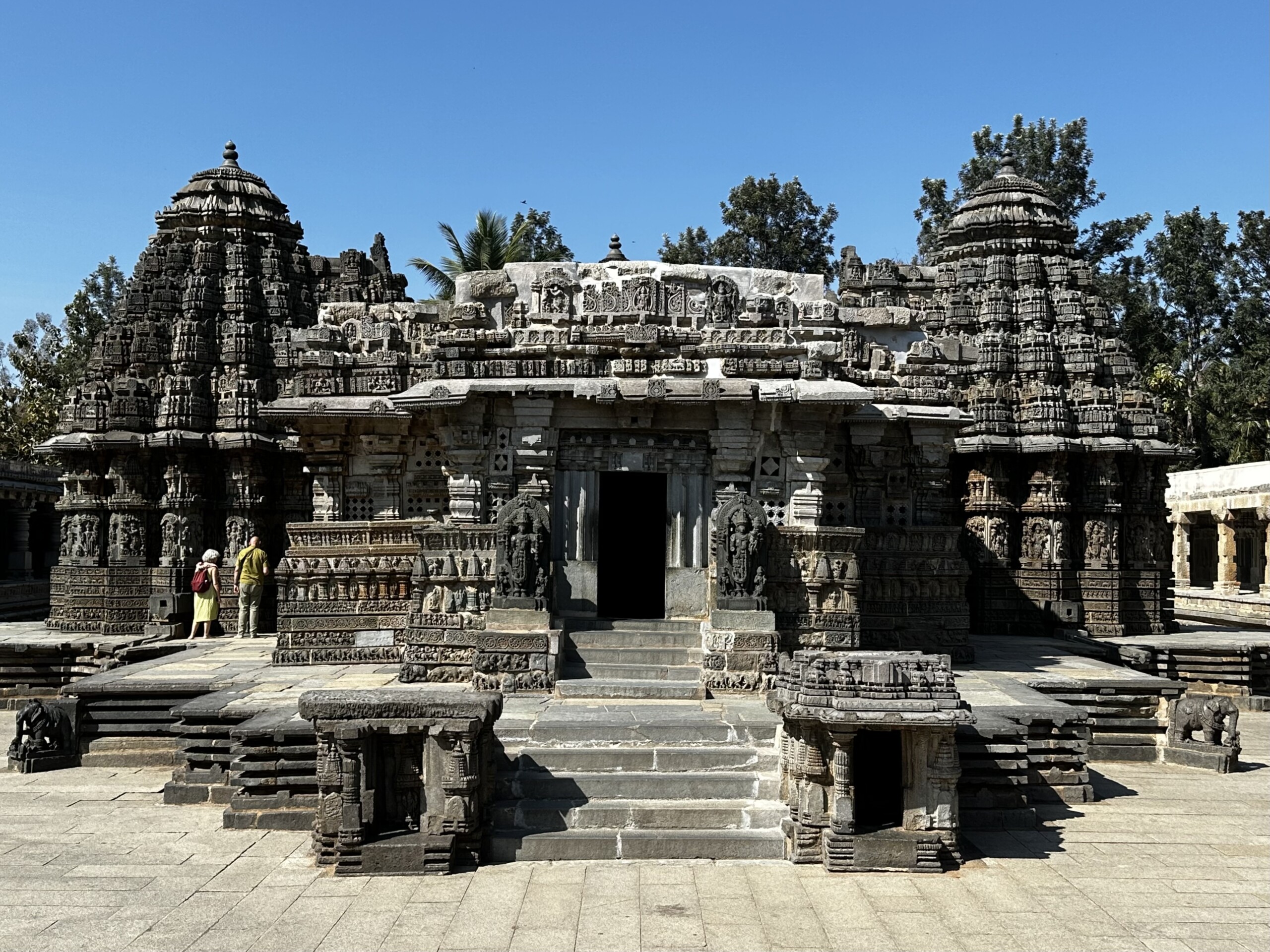
Itineraries
One-Day Tour of Somanathapura and Srirangapatna
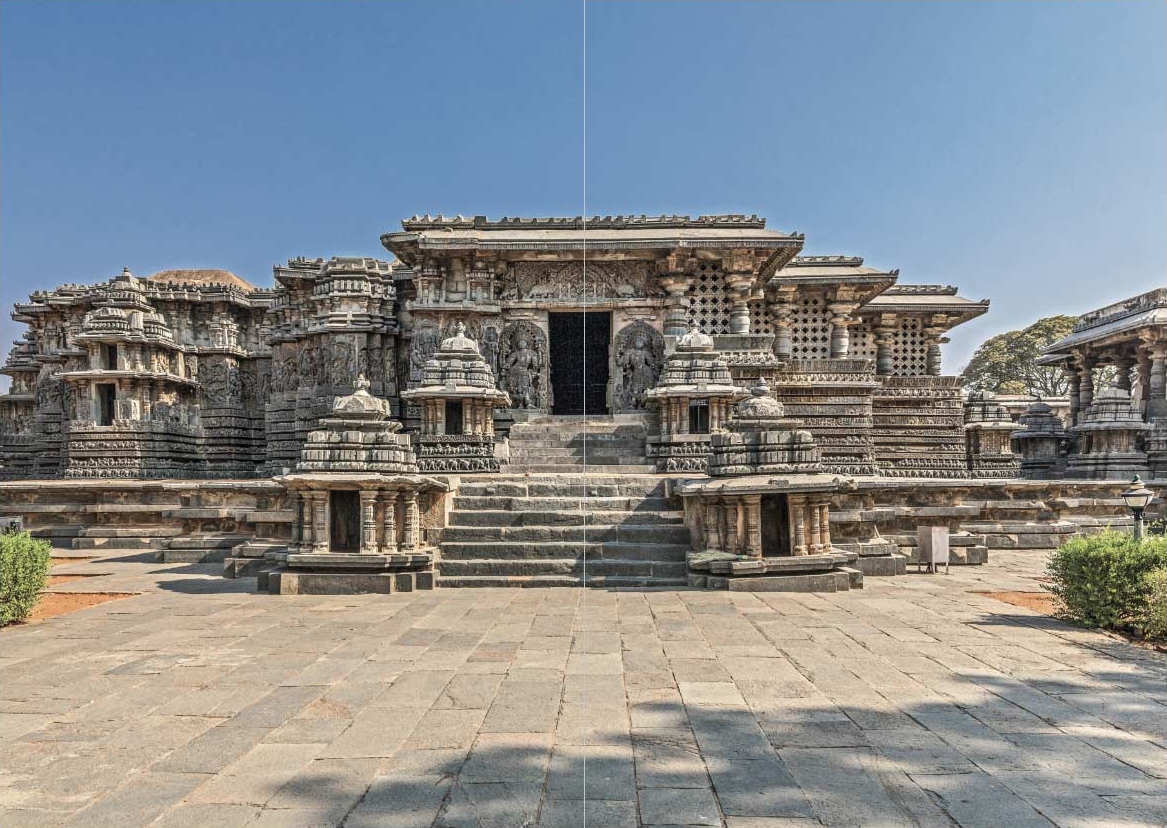
Itineraries
Two Days In and Around Belur
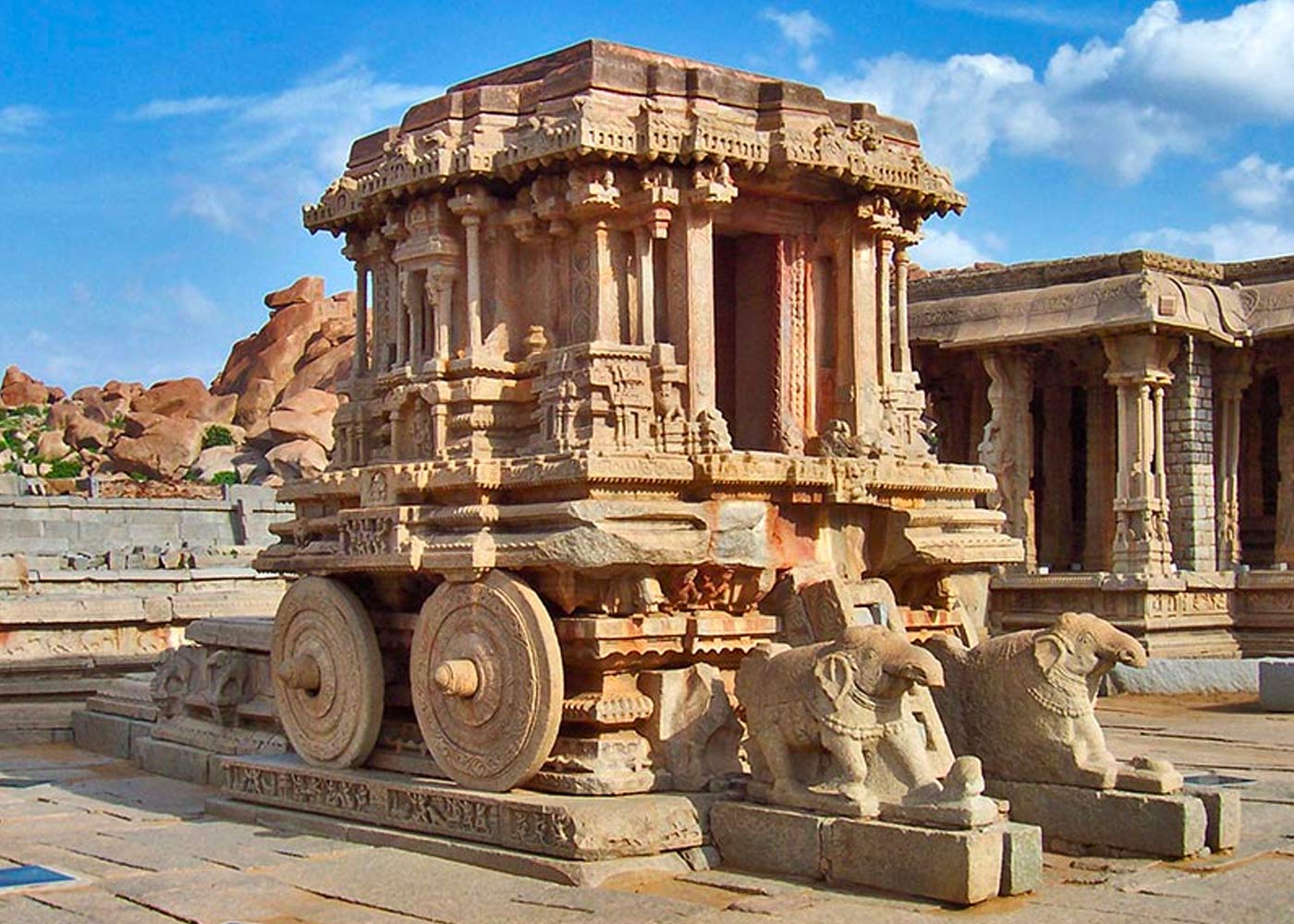
Itineraries
Two to Three Day Hampi Itinerary
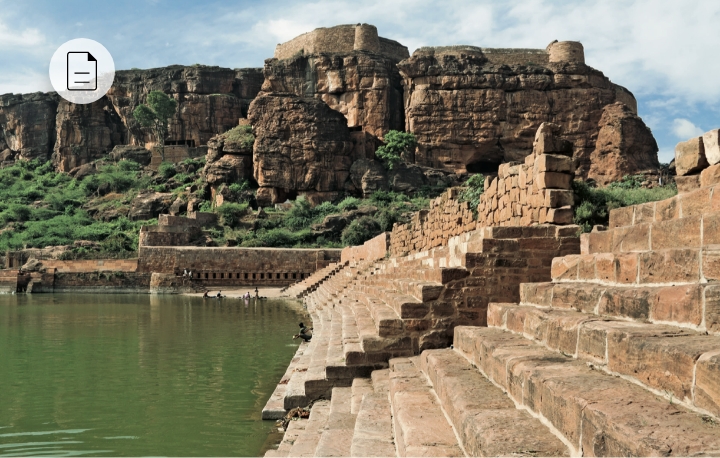
Itineraries
Two-Week Heritage Tour of the Deccan
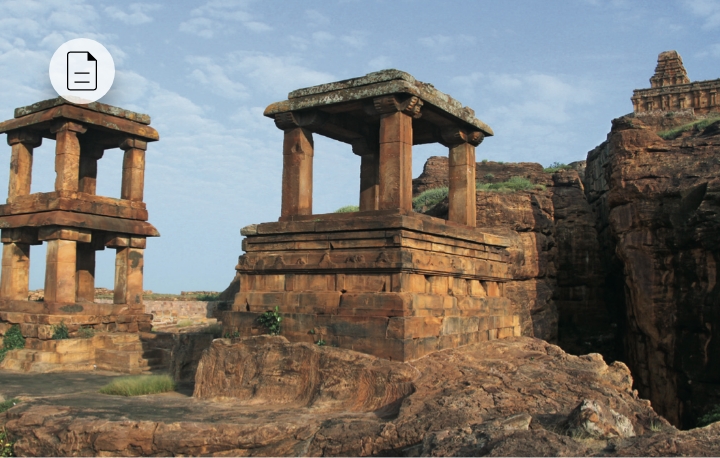
Itineraries
One-Week Tour of Badami and Hampi
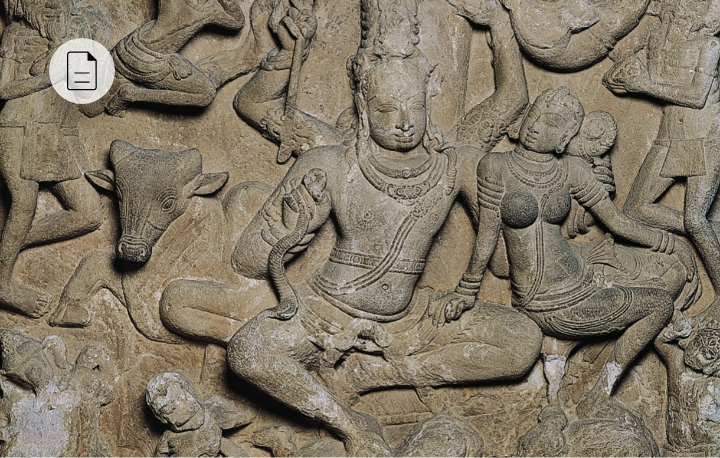
Itineraries
Twenty-Day Deccan and Tamil Nadu Tour
Deccan Heritage Sites
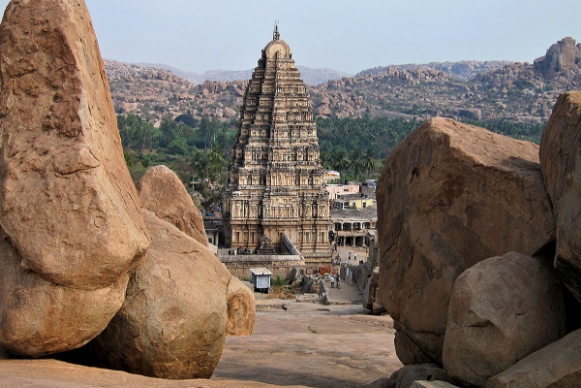
Hampi
A majestic site situated in a mystical landscape, Hampi Vijayanagara will richly reward the intrepid traveler. Highlights include the Virupaksha temple, the Vittala temple with its iconic stone chariot, the Krishna temple, the Lotus Mahal, the Elephant stables, the Queens’ Bath and the Narashima and Ganesha Monoliths. At least two to three days are required to experience it properly.
Explore Now
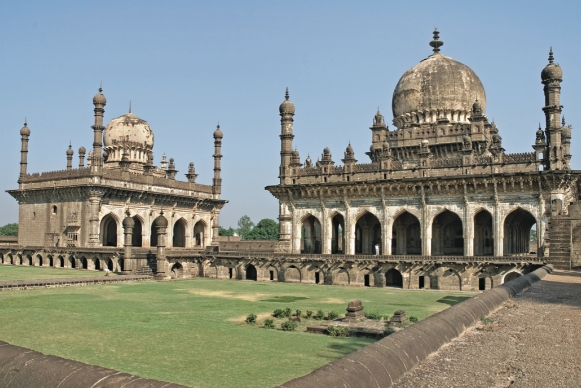
Gulbarga, Bidar and Bijapur
The magnificent monuments of Gulbarga, Bidar and Bijapur in northern Karnataka are manifestations of a vibrant culture that flourished under the rule of the Bahmani and Adil Shahi sultans during the 14th to 17th centuries.
Explore Now
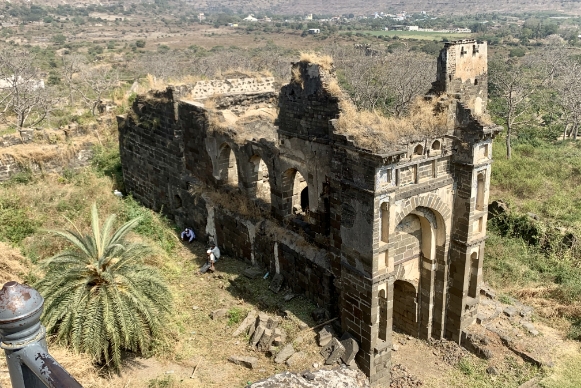
Aurangabad, Daulatabad, Khuldabad and Ahmadnagar
While Aurangabad in Maharashtra state is well known as a convenient base from which to reach the celebrated cave-temples at Ajanta and Ellora — designated as UNESCO World Heritage Sites — the city’s tombs and mosques are less visited. A few days can be spent visiting these sites, the fort at Daulatabad, the sufi shrines at Khuldabad, and the 16th century mosques, palaces and tombs at Ahmadnagar.
Explore Now
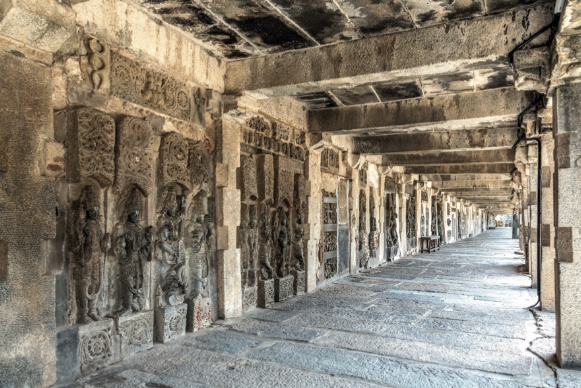
Halebidu, Belur and Somanathapura
The 12th century temples of Halebidu and Belur, extraordinary achievements of Hoysala artists, are unsurpassed for their profusion of images and dense ornamentation.
Explore Now
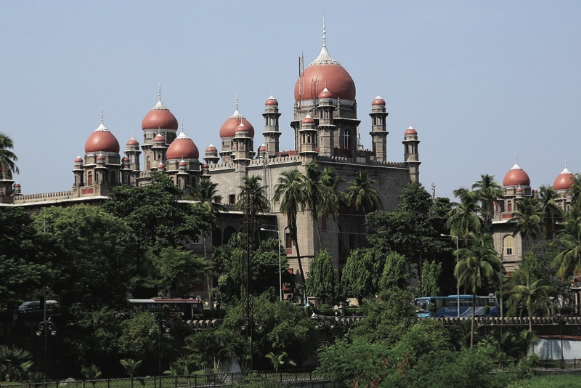
Hyderabad
Once one of India’s richest princely states renowned for its pearl trade and Golconda diamonds, Hyderabad is today a sprawling metropolis and a thriving IT centre.
Explore Now
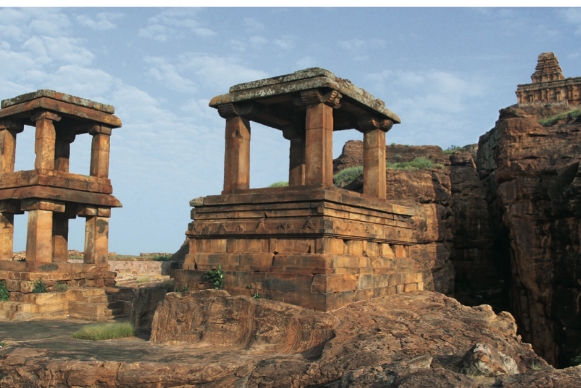
Badami, Aihole and Pattadakal
Famous for its rock-cut cave temples dedicated to Hinduism and Jainism, Badami was the capital of the Chalukya dynasty. The caves are noted for their intricate carvings and beautiful frescoes. Nearby, the Badami fort offers insights into acient fortification techniques.
Pattadakal, a UNESCO World Heritage site, showcases a blend of North Indian (Nagara) and South Indian (Dravidian) architectural styles. It served as a ceremonial site for Chalukyan kings and features a complex of Hindu and Jain temples.
Explore Now
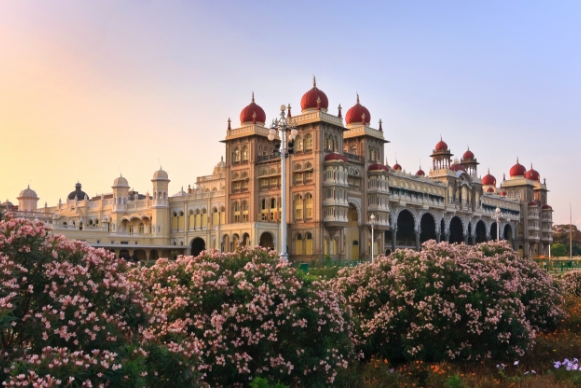
Mysuru
Formerly the capital of a rich princely state, Mysuru is a charming city of tree-lined boulevards and palatial buildings, known for its silks and sandalwood. Within a half a day’s drive, visitors can explore a range of heritage monuments, from renowned Hindu and Jain pilgrimage sites, to intricate Hoysala temples and impressive Indo-Saracenic buildings.
Explore Now
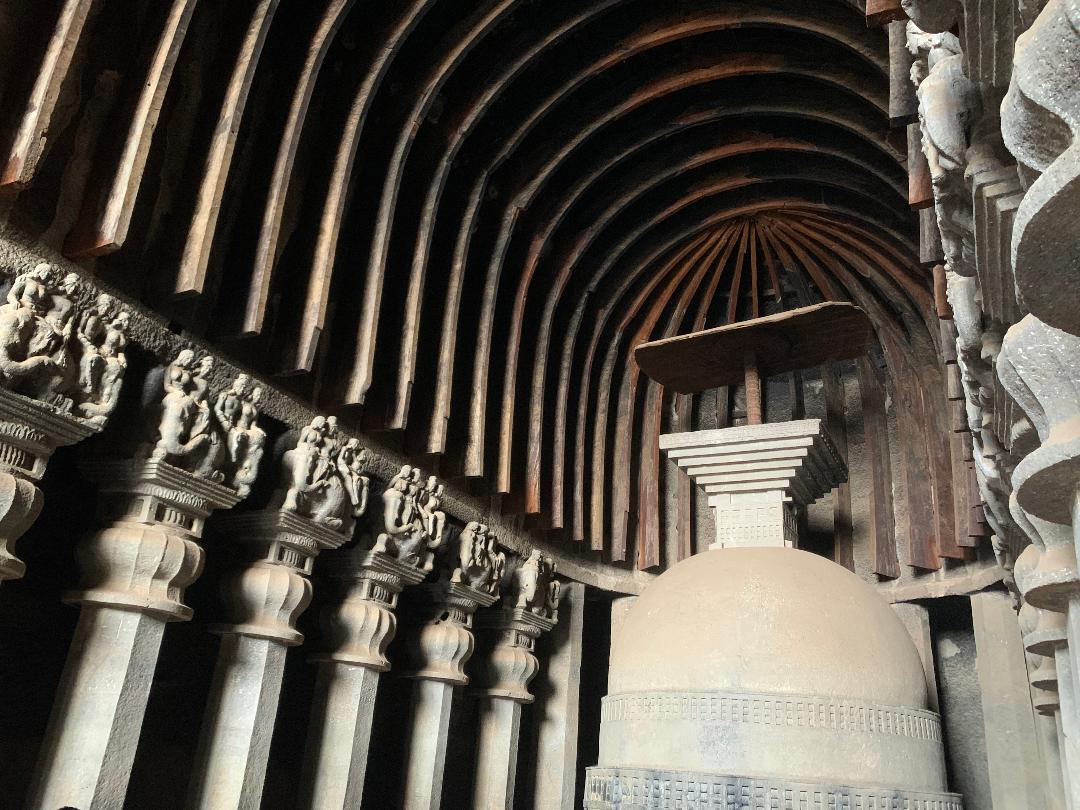
Buddhist Rock-Cut Monasteries of the Western Ghats
The magnificent rock-cut Buddhist monasteries near Nashik and Junnar, and at Karla, Bhaja, Bedsa, Kondane and Kanheri in Western Maharashtra were cut into the basalt cliffs of the Western Ghats more than 2,000 years ago.
Explore Now
Suggested Reads
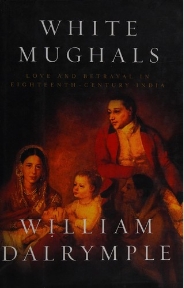
White Mughals: Love and Betrayal in Eighteenth-Century India
William Dalrymple
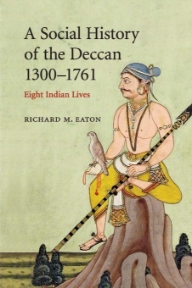
A Social History of the Deccan, 1300-1761: Eight Indian Lives
Richard M. Eaton
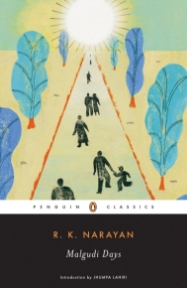
Malgudi Days
R. K. Narayan
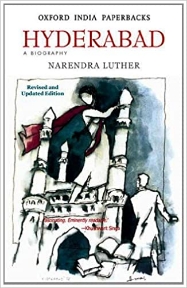
Hyderabad — A Biography
Narendra Luther

The Days of the Beloved
Harriet Ronken Lynton and Mohini Rajan
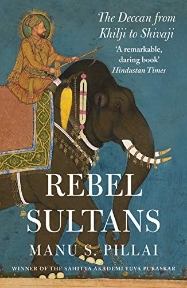
Rebel Sultans: The Deccan from Khilji to Shivaji
Manu S Pillai

